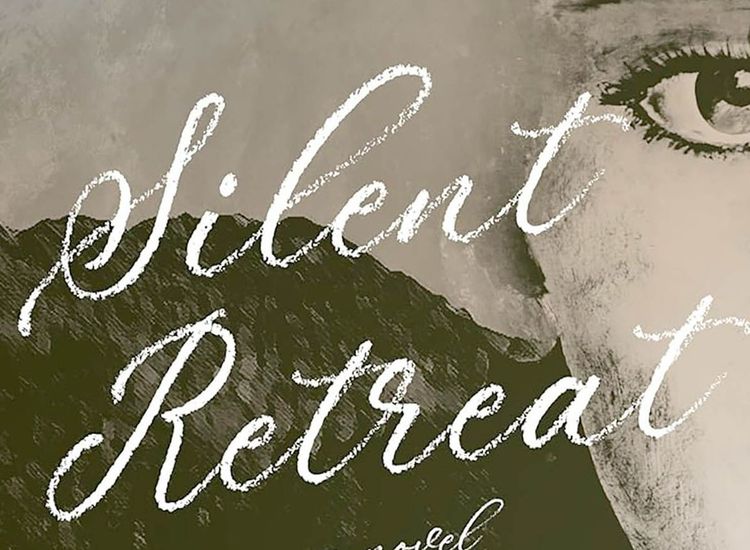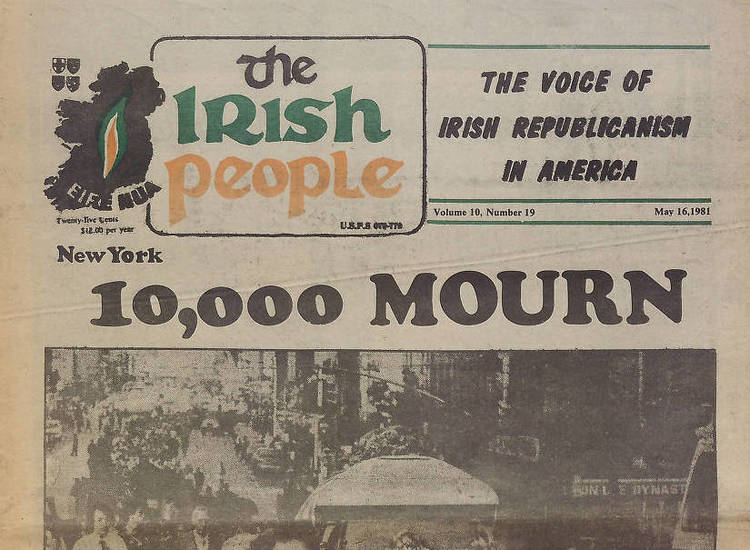A Belfast “Interface” wall
By Evan Short
A New York University professor has said Belfast can learn from New York in its bid to do away with the infamous “peace lines” that crisscross the city.
After loyalist gangs, backed up by the Royal Ulster Constabulary, burned Catholic homes in 1969 the British army erected barricades to prevent any more such incursions.
These temporary barriers were eventually made permanent and remain in place almost fifty years later, with all attempts at removing them coming to nothing.
They are seen as a throwback, and something that is preventing Belfast from moving fully away from conflict.
Professor Hugh Kelly was in Belfast for the recent Belfast Media Group Homecoming Conference and he said that although other cities such as New York didn’t have physical barriers, mental divisions meant that many people were similarly cut off from other areas.
“Back in the late 1960s and early 1970s I spent a lot of time working with street gangs in Brooklyn,” he told the conference.
[caption id="attachment_80981" align="aligncenter" width="200"] Professor Hugh Kelly.
“The poor populations I was dealing with didn’t have physical walls that were preventing them from engaging in the life of the city, but I had a group of them once do a diary for a week and just draw a map of how big their world was.
“Almost universally their world was encompassed in a square mile that they never went out of, and yet they were part of an enormously diverse and vibrant city. The question is how to do you get them associated and some connection with that?”
Prof. Kelly said housing was key to solving the issues identified in Brooklyn and could be the answer in Belfast.
“We were able to get a group of fifty churches in the poorest areas to get together and become organized. We didn’t know what was going to come out of that but two things did.
“One was that they identified housing as a major issue and so we were able to use a lot of burned out buildings and vacant land in the area as an asset and developed a housing program.
“That gave 3500 families new homes, but that couldn’t have happened without that community becoming organized.
“The second thing was once we got people living there, what about the quality of the schools? And so we were able to work on the educational issues.
“The idea is large and intractable problems can be solved but a lot of local community organizing has to go into that.”
Kelly said he had noticed signs on his trip to Belfast that showed that was happening.
“I have heard a lot of that is being attempted and that is very encouraging.
“Belfast shouldn’t beat itself up. You should ask yourself where do we want to go and then look at the next steps of getting there. Let the past be the past, you can’t do anything about that.”









